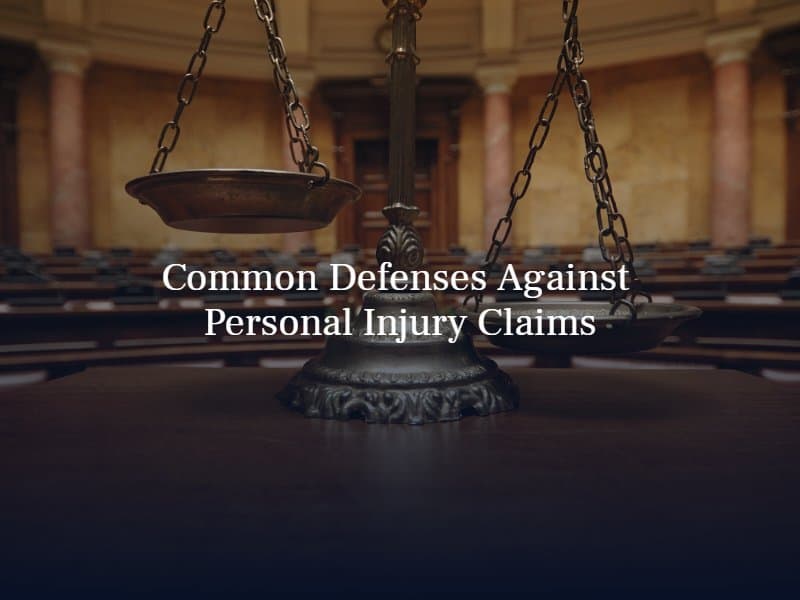Common Defenses Against Personal Injury Claims
If you wish to pursue compensation for an injury in California, be prepared for the defendant to use one or more defense strategies to try to avoid liability. The civil justice system works by giving both parties a chance to state their sides of the case. If the case goes before a judge or jury, the court will listen to the arguments from both sides. Then, the jury will determine which party has proven his or her argument as more likely to be true than not true.
Comparative Negligence
Comparative negligence is the argument that you contributed to your own accident or injuries. In a state that abides by a contributory negligence law, even 1% of fault for your accident would bar you from financial recovery. California, however, uses a comparative negligence law. With this law, you can absorb a portion of fault for an accident and still be eligible for compensation.
California is a pure comparative negligence state. With this law, any percentage of fault, even 99%, would not make you ineligible for recovery. If the defendant successfully uses the comparative negligence defense to show that you contributed to the accident, however, the courts will reduce your award by a percentage that matches your proportion of fault. This is why it is important to have an attorney representing you.
Assumption of Risk
The assumption of risk is a defense that may be used if your injury involved a dangerous or risky activity, such as cliff jumping. Even something less risky, such as attending a baseball game, could result in the assumption of risk defense if you agreed to an express or implied liability waiver.
A liability waiver is a legal document confirming that you are aware of the potential risks of an activity and are willing to participate anyway. Some liability waivers are express, such as paperwork you have to sign before joining a gym. In other cases, the waiver may be in the fine print of a ticket you purchased, such as a ticket for a cruise.
Although a liability waiver can make it more likely for the defendant to use the assumption of risk defense, it will not necessarily bar the defendant from liability. If the defendant was grossly negligent or reckless in contributing to your injury, the party could still be responsible despite assumption of risk and even a liability waiver.
Pre-Existing Health Conditions
If you have a pre-existing condition or past-healed injury, the defendant’s insurance company may try to use this as a defense to your claim. The insurance company may argue that the injury you are claiming is something you had before the accident. If your accident aggravated a prior injury, the defendant will still owe you compensation for the full value of your losses.
The same is true if a pre-existing condition made your injuries worse than the average plaintiff. Under the Eggshell Skull Doctrine, the defendant has to accept you as you are and pay for the full extent of your injuries and damages, regardless of whether a pre-existing injury made those damages worse. A lawyer can help you prove your injuries using hospital records and medical experts.
Statute of Limitations
Finally, a defendant may try to use a procedural defense. The most common example is the statute of limitations. The statute of limitations is a legal deadline by which a plaintiff must file his or her claim, or else forfeit the right to seek compensation forever. In California, this deadline is two years from the date of most accidents. If you miss your deadline, the defendant can use it against you to ask the courts to dismiss your case. With only a few exceptions, the courts will grant this request.
To make sure you file your claim on time, as well as for assistance combatting all common defenses used against personal injury claims, hire a personal injury lawyer in Los Angeles to represent you.

